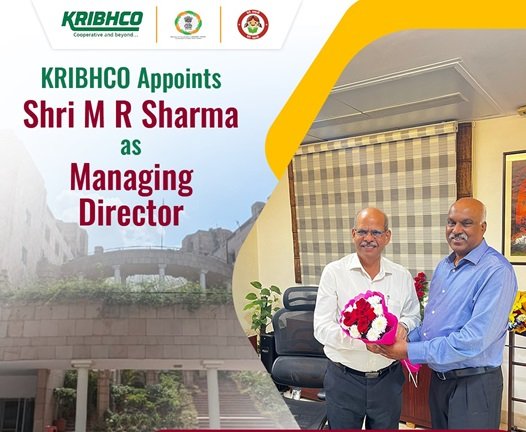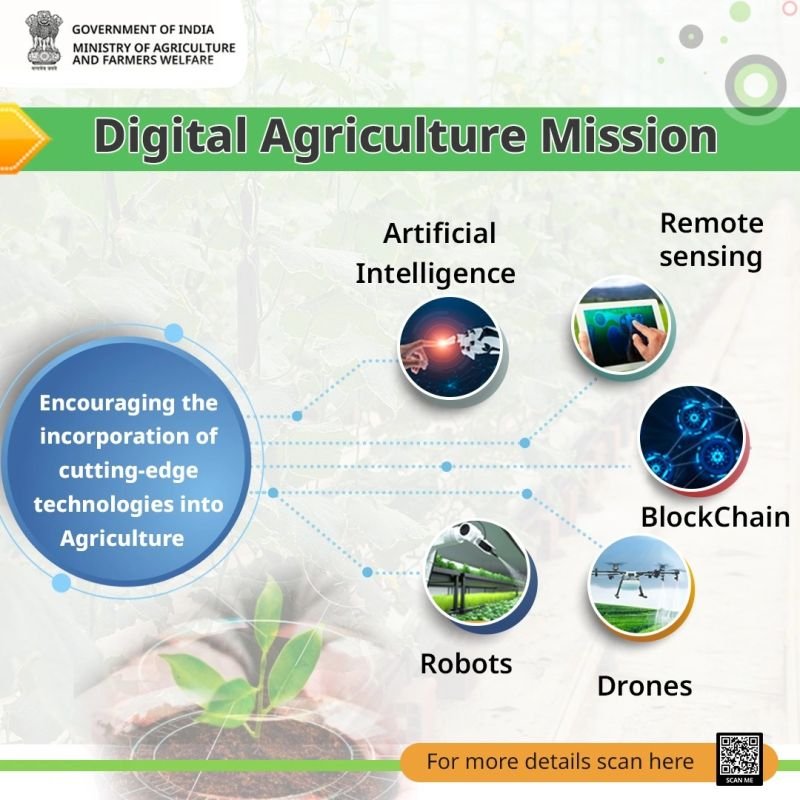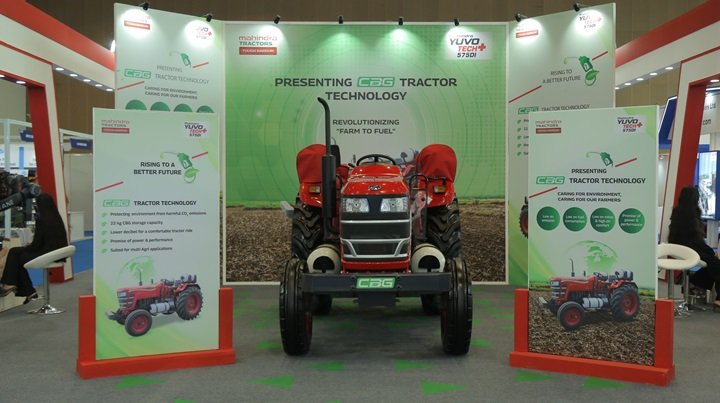In an exclusive conversation with AgroSpectrum, Asitava Sen, CEO of CropLife India, elaborated on drone technology and its benefits for the agriculture business.
In most of the remote villages, internet connectivity is major challenge. How can these machines overcome this hurdle?
The communication between drones is accomplished through the use of radio waves on particular radio frequencies. These frequencies are managed by telecom equipment that has been authorised by the Ministry of Telecommunication. When the drone is in visual line of sight, internet access is not required for it to accomplish its task; however, this is subject to product-specific requirements. Following the restoration of internet access, the drones will be able to communicate their data, which includes photographs and videos shot during flight, flight coordinates, and other information.
It is estimated that 93 per cent of rural areas in India have access to 3G or 4G connectivity, and India is the second largest online market in the world. In light of these facts, it is only a matter of time before the digital divide will be bridged, which will allow for the smooth operation of all digital technologies, including drones. Additionally, it is important to remember that the demand will push the bounds of supply.
What are the various challenges faced by the agro drone industry?
Research conducted in other Asian countries with smallholder farms has demonstrated that drone technology is a feasible option. For more than three decades, Japan has been making use of drone technology. In China alone, the number of agricultural drones is believed to have doubled between 2016 and 2017, reaching 13,000 aircrafts, and 30 million hectares of crop land was sprayed by drones in 2019. This information comes from research conducted by the Food and Agriculture Organisation of the United Nations.
The profitability of drones will be determined by a variety of business models that are employed to make it viable throughout the year. Drones are twenty times more efficient than traditional transportation. As has been observed in other nations, the reduction in cost per acre will occur as a result of the growing uptake and use of the technology. It has been demonstrated that the expenses of any new technology, such as mobile phones, decrease considerably with more usage over a period of time to a large degree.
Because of the economies of scale in usage, the operating expenses of drones spraying per hectare in several Asian nations are currently similar to just Rs 100 to 150 for field crops (rice, wheat and maize), and Rs 250 to 400 for orchards. This is because of the fact that the usage of drones has become more widespread. Similar tendencies would be followed by India.
In the context of smallholder farmers, the “Drones as a Service” concept will give rise to the emergence of unique hiring models that involve many entities acting as service providers. Through the Agriculture Infrastructure Fund, the government has already announced drone subsidy schemes that cover about forty percent to one hundred percent of the cost of drones. These schemes are intended for KVKs, FPOs, custom recruiting centres, rural entrepreneurs, start-ups, and individual farmers.
The most recent policies and liberal Production Linked Incentives (PLI) that have been announced by the government will also assist ‘Make in India’ drones, and the cost of drones will decrease over a period of time as a result of indigenisation.
Although it is still relatively new in India, the use of drones for spraying agrochemicals is getting closer. Farmers can afford it, it contributes to the production of higher goods, and it is a significant instrument for ensuring the nation’s food security. Through the use of “Kisan Drones,” the digitalisation of Indian agriculture and rural entrepreneurship would be brought about in the country.
Now that the policy framework has been established, it is the ideal moment to investigate the ways in which all of the stakeholders may collaborate to assist in the development of a conducive ecosystem for drone applications in agriculture, particularly agrochemical spraying.
Government of India has released Standard Operating Procedure (SOP) for use of drones for the purpose of spraying pesticides on agriculture crops. Do you think this positive move encourages further growth of this sector?
There has been an exceptional process of policy development that is both collaborative and consultative, and it has been carried out at a rapid pace by the government with the participation of stakeholders. In its capacity as a prominent association of agrochemical businesses, CropLife was actively involved in the formulation of the standard operating procedure and guidelines for drone applications. As a member of the expert committee, CropLife coordinated the dissemination of best practices throughout Asian nations. Now that these principles have been established, they will be evaluated and used as a standard for ongoing activities in other Asian countries.
Within the past few months, the government has made it possible to obtain interim approval for the use of drones to apply crop protection formulations that have previously been approved. It has been decided that drones can be used to spray all permitted insecticides, fungicides, PGR, and bio-pesticide formulations for a period of two years, provided that specific parameters are met. Certainly, this is a wonderful breakthrough and a significant step forward in the process.
There is a set of skills required to operate these drones. Do you feel that our farmers are equipped with such skills and if not, then what steps are needed to impart operational knowledge to them?
The National Institute of Plant Health Management (NIPHM) has designed a ten-day integrated training cum licensing module for unmanned aerial vehicle (UAV) pilots and operators in order to give them the requisite abilities. This training is not only required but also necessary in order to guarantee the most effective and appropriate operation of drones.
By Nitin Konde
In an exclusive conversation with AgroSpectrum, Asitava














